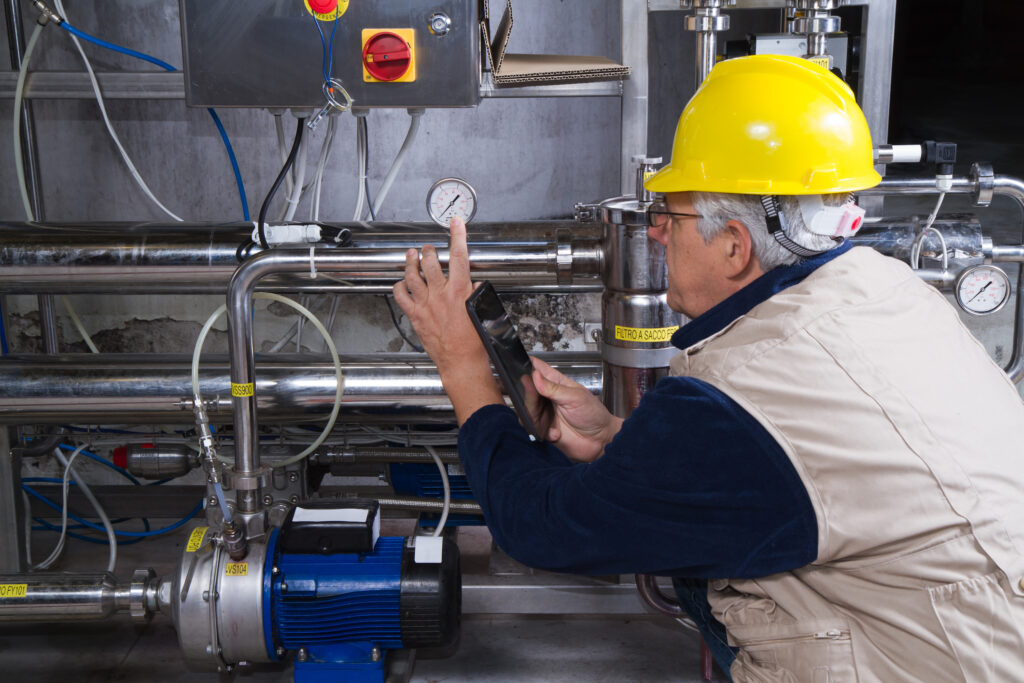
By: Susan DeMatei, President of WineGlass Marketing
If you’re like most, you have a holiday calendar crammed full of events, sales, shipments, and recipes ready to communicate to your mailing list. Email marketing is a staple among wineries trying to communicate to wine clubs, provide holiday offers and reach new customers. Follow some of these tips below to make sure your holiday sales are bright.
There are three major influences on the success of an email campaign. From most important to least, they are List, Offer, and Creative.
List: Take some time each year in September and October to perform some basic data hygiene. An intern or consultant can help you here with a well-organized couple-week project.
• Clean up duplicates and merge duplicate records from the tasting room, wine club, website, MailChimp, or other (sales_email_marketing) databases. When doing so, carefully identify the correct master record and fold all the visit history, source, and transactional data under that master customer record.
• Append data with addresses, emails, and phone numbers. There are several resources to do this simply through excel for pennies a record.
• Remove bounces and anyone who has opted out of any communications over the course of the year.
• Add in any stray lists – like that tasting you did at the event in Vegas in July or the Winemaker’s alma matter list that wants to hear about his wines. And make sure you notate a source on all lists so you can refer back to see what programs procured good, qualified leads.
• Once you have a clean list, then take some time and segment and the time your communications thoughtfully – don’t just send every offer and update to everyone. Perhaps the October Wine Club should not get the Thanksgiving sales to email so close to their Club Shipment email alerts, but instead a printed insert in their club shipment. If you have the transactional data, you’ll want to target email-marketing messages based on behaviors such as past purchases, tasting note downloads, visits to the winery, links clicked, or other captured actions.
Offer: Only after you’re happy with your lists should you focus on the offer. Based on your steps above, now consider what sales message will incite the best response to your segmented list?
• What did they respond to in the past? Did you have any past learnings to guide you on what resonated, or failed, previously? If not, perhaps your database is big enough to split and test. For instance, if you suspect that shipping offers will be popular this season, should you give a % off shipping, shipping included, or shipping for $1? And at what volume: 6 bottles? A case? These are things you can test with an email and then do a follow-up email to the entire database of the winner
• What are your goals? What wines do you need to move, and what costs or discounts are appropriate for your other channels? Make sure the wine you just sent to the Wine Club at 20% off isn’t in a holiday sale email a week earlier for 25% off. (A calendar is beneficial this time of year to keep the tasting room, website team, social media, and emails all in synch.)
• Use tracking tools and analytics to determine which emails and corresponding landing pages are the most successful in generating sales.
• Know (or set) Click-Through and Open Rate goals. According to the 2020 WGM Wine Industry Email Benchmark Study (which you can download on our website), email Open Rates for wineries average 24.66%, and Click-Through Rates for wineries average 5.08%.
Creative: The design of your email is essential. There are two reasons email design should follow specific layout rules. First, as of August 2021, mobile phones account for 41.6% of email opens (Litmus). Second, most email service providers, such as Outlook and Gmail, now block images by default. If your graphics contain text including important information, such as the offer or wine details, make sure you repeat the information in the text.
• Email marketing is just another branding opportunity. Place your logo in the upper left-hand corner or centered as a header of the email.
• Include navigation like on your website. You don’t have to have every page from your site, but the significant sections help customers engage with you online and create familiarity with your website.
• Make sure your email is no more than 500-650 pixels wide. Any more than that means your reader will be scrolling horizontally.
• Keep text to less than 250 words and have frequent links to deeper levels of content or more information on your website.
• Keep it clutter-free. The less clutter you have in your email, the better. Don’t use more than two typefaces.
• Keep your main message and call to action (CTA) at the top of the email. It’s ok to scroll in an email and have it laid out vertically but keep your primary message upfront.
• Create an engaging, concise subject line. A relevant offer that creates a sense of urgency will be your best bet. Your subject line needs to have an incentive for your audience to open the email.
• While your site may have a lot going on, your email message should be singular in focus. Make sure the message and the requested action are clear. Instead of splitting up readers’ attention, focus on driving home a single-minded message.
• The landing pages that prospects reach after clicking through are just as important as the initial email. Your landing page should match the email in terms of headline, copy, and content. Use similar colors, fonts, and overall design to keep your customer on the right track and avoid confusion.
• Make sure your CTA from the email has a connection to the CTA on your landing page. Again, keep the call to action above the fold and relevant to your marketing message.
Having an effective email marketing campaign is about being intelligent and concise. Focus on the list first, differentiate yourself with targeted segmentation, and then deliver a tested sales message with clean creativity, and your Q4 emails are destined to be a blast!
Susan DeMatei is the President and Nathan Chambers is an Account Director at WineGlass Marketing, a full-service direct marketing firm working within the wine industry in Napa, California







